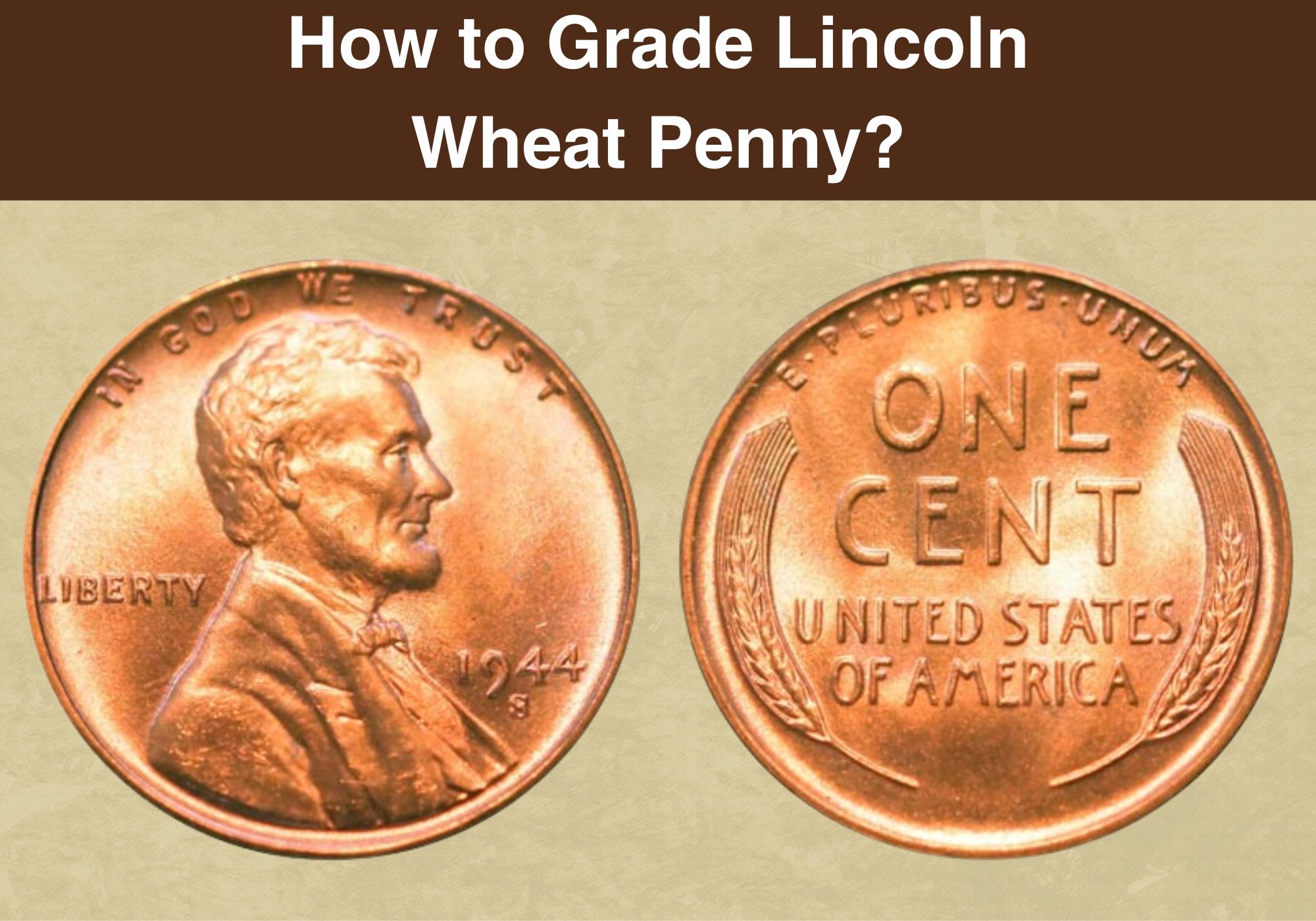
Coin Value Contents Table
The Lincoln pennies are among the most famous coins minted in the US Mint. Wheat pennies and Memorial cents are also the most collected specimens among American coinage. They typically came in high mintage, and it is still possible to find high-graded pieces in excellent condition.
Be aware that the cents evaluation can be challenging and complex. Therefore, hiring professional appraisers for such an undertaking is the best option. However, knowing how to grade Lincoln Wheat pennies on your own can help, particularly with inexpensive pieces in modest ranks.
Grading Standards
Coins often show signs of damage and wear after spending more or less time in circulation. On the other hand, specimens in the mint state have so-called bag marks due to mutual friction and contact with the bags. In any case, any damage significantly affects their rating.
Over time, collectors have used different grading systems. In the 1970s, they adopted the modified Sheldon scale as a standard.
The creator of this scale was Dr. William Sheldon, an American psychologist, eugenicist, and numismatist. He created a scale that evaluated coins in the worst grade with 1, while the best-ranked pieces were graded 70.
Understanding Grades for Lincoln Wheat Penny
Lincoln pennies with two wheat stalks on the reverse began their history in 1909. The Philadelphia and San Francisco mints produced the first sets in the series.
The third mint from Denver started issuing these coins two years later, in 1911. All three mints had high mintages, and numerous pennies were still used in 1958 when the US Mint released the last set into circulation.
Wheat penny |
|
| Compound | Copper with alloy tin and zinc |
| Face value | One cent ($0.01) |
| Coin diameter | 0.75 inches (19.05 mm) |
| Coin weight | 0.11 ounces (3.11 g) |
| Coin thickness | 0.06 inches (1.52 mm) |
Grading Wheat pennies is demanding, but the existing standards and Sheldon scale can make this process much easier. However, certain specimens still require special attention, particularly poorly struck ones.
For instance, the mints in Denver and San Francisco mis-struck most of the penny series from 1911 to 1927. The reason was worn-out dies that left poorly imprinted designs, which can cause confusion in their grading nowadays.
The other crucial characteristic you should consider when evaluating the Wheat pennies is their toning. Like in other copper coins, there is often an intertwining of the color variables and luster.
Most collectors want specimens with red mint toning, while most survived pennies are generally brown or multi-colored. Although there is no fixed rule for marking colors, you can usually find the following markings:
- RD for the most desirable red pennies
- RB for red-brown pennies
- BN for the least collectible brown pennies
How to Grade Wheat Pennies?
Most collectors want the grading of their coins to be as precise as possible. Therefore, they mostly rely on the services of specialized companies and hire professional appraisers. Sheldon’s scale can make it more effortless when you want to do an approximate coin evaluation.
1. About Good (AG)
These Lincoln pennies are very worn, and their design is barely recognizable. The wear and tear of the inscriptions and date is almost to the point of illegibility. Certain parts of the rim merge with the lettering.
Obverse
You can only see the outline of Lincoln’s head because most of the portrait is flat. The design details are unrecognizable. The inscriptions and the minting date are legible but weak and often blend into the rim.
Reverse
You can see worn-out areas on the entire surface of the reverse. It is sometimes possible to recognize the remains of a few grains on the mostly flat wheat ears. The inscriptions are legible, although the wear of the letters is visible.
2. Good (G, G 4, and G 6)
Coins graded this way are significantly worn out. The main design features are recognizable, although some are mostly outlined. Inscriptions and dates are legible but can be less visible in some areas. The rim is mostly complete.
Obverse
The first thing you can see is that Lincoln’s bust is well-worn. The details of his portrait are weak, particularly in the area above the ear, the cheek, and the jawline. However, you can notice some details on the top of his head and the coat. The minting date and inscriptions are legible and separated from the coin rim.
Reverse
The overall design of the reverse is flattened, and you can spot that the lines at the ends of the wheat stalks are merged. In addition, it is impossible to distinguish most wheat grains. The letters in the inscriptions are recognizable, although they are mostly weak.
3. Very Good (VG, VG 8, and VG 10)
The Wheat cents graded like this show significant signs of wear, but the design is recognizable. Despite defined main elements, fine details are missing.
Obverse
Although most of the portrait is smooth, you can make out the outline of Lincoln’s haircut, jaw, and cheek. Some details of the President’s ear and the bow tie are also recognizable. The inscriptions and the date are legible.
Reverse
You can notice more details on the wheat stalks on coins in this grade. It is possible to distinguish many wheat grains and almost half of the lines on the stalk top are visible. The letters in the inscriptions are readable and expressive.
4. Fine (F, F 12, and F 15)
Pennies in Fine rank show moderate wear and tear on their surfaces. They are even on both coin sides. It is also noticeable that the main relief elements of these specimens are clear, while the letters and the date are bold and entirely readable.
Obverse
You can see that many details of Lincoln’s hair are visible even at first glance. The wear is present on only the highest points, while you can see most hair curls. His jaw and cheek are smooth, although they are clearly defined.
Reverse
On the wheat stalks, the separation of the majority of the upper lines is clear, although signs of wear are present. You can distinguish wheat grains even though they are mostly flat. The inscriptions are easy to read.
5. Very Fine (VF, VF 20, VF 25, VF 30, and VF 35)
All main design features are visible on Wheat pennies with this grade. Slight wear is visible only on the highest points of the relief, so you can notice a delicate flatness.
Obverse
You can see some light wear to most of the portrait’s design, but almost all the details of the 16th President’s face and hair are noticeable. There is a clear definition of the bow tie and his ear.
Reverse
On the reverse design are depicted clearly defined wheat stalk lines, but slight wear is still present. On the other hand, you can quickly distinguish wheat grains even though they can be partially flat.
6. Extra Fine (EF 40 and EF 45)
This grade indicates coins that circulated only for a relatively short time. In this case, the wear starts at the highest points of the design while most of the small details are still present.
Unfortunately, the bright copper luster starts to fade, and the red toning turns brown. Traces of mint luster are sometimes visible in limited areas.
Obverse
In this rank, the definition of Lincoln’s hair with most of the small details is noticeable. You can spot the precise line separating his cheek and jaw, the lines of the front edge of the coat, and the knot on the bow tie. Light wear is present on the hair above the ear, cheek, and jaw.
Reverse
The complete separation of the parallel lines at the ends of the wheat ears is noticeable. In addition, the wheat grains inside both stalks are visible in detail without any traces of merging. The inscriptions are sharp.
7. About Uncirculated (AU 50, AU 55, and AU 58)
The Wheat pennies graded in this way have barely noticeable signs of wear on the highest points of the design. In addition to being well-preserved, these specimens show almost full mint luster.
Obverse
You can notice the expressiveness of all the design details. Very slight signs of wear can appear on the highest points of the Lincoln face, such as the jaw and cheek. However, there are no smooth areas.
Reverse
Slight wear marks are visible on the top of wheat ears. However, you can differentiate all lines and grains, and there are no traces of flatness on the design.
8. Mint State (from MS 60 to MS 70)
Pennies in the highest possible grades are perfectly preserved and of the highest quality. Since they are always uncirculated pieces, they still have the original mint luster.
Despite finding Wheat pennies in the mint state is not particularly rare, they are rarely in grades over MS 67. The reason is contact marks and scratches that appear because of long-lasting contact with the bag canvas.
Summary
Grading Wheat pennies is not a scientific procedure with exactly established rules. Although there are standards for their assessment, you can count on slight disagreements among collectors and occasional differences in their opinions about details. That is the main reason to rely on the professional appraisers’ estimation, particularly about precious coins and rare errors.

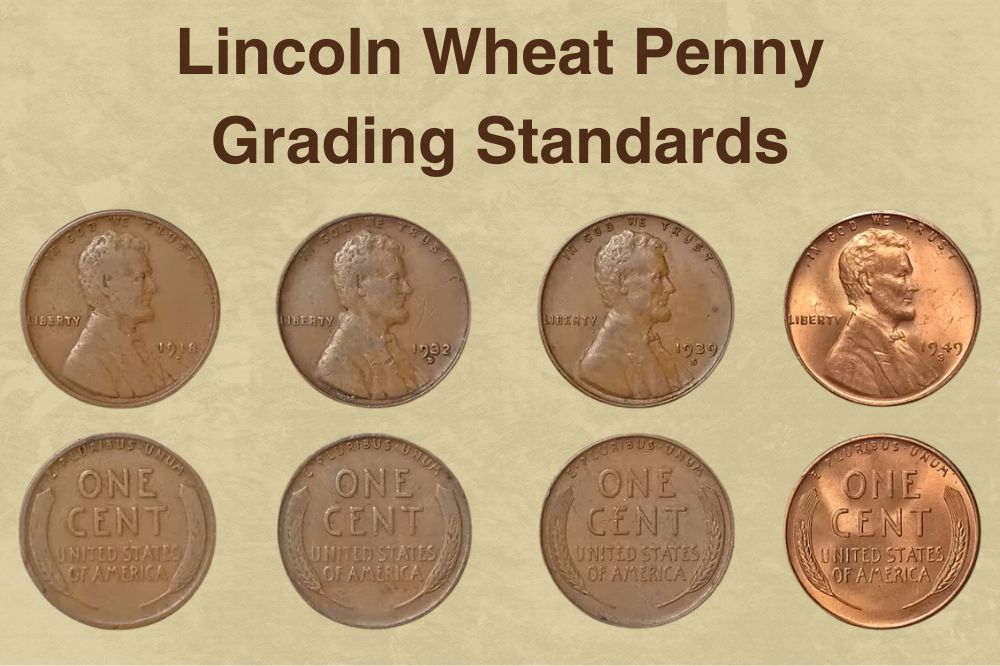
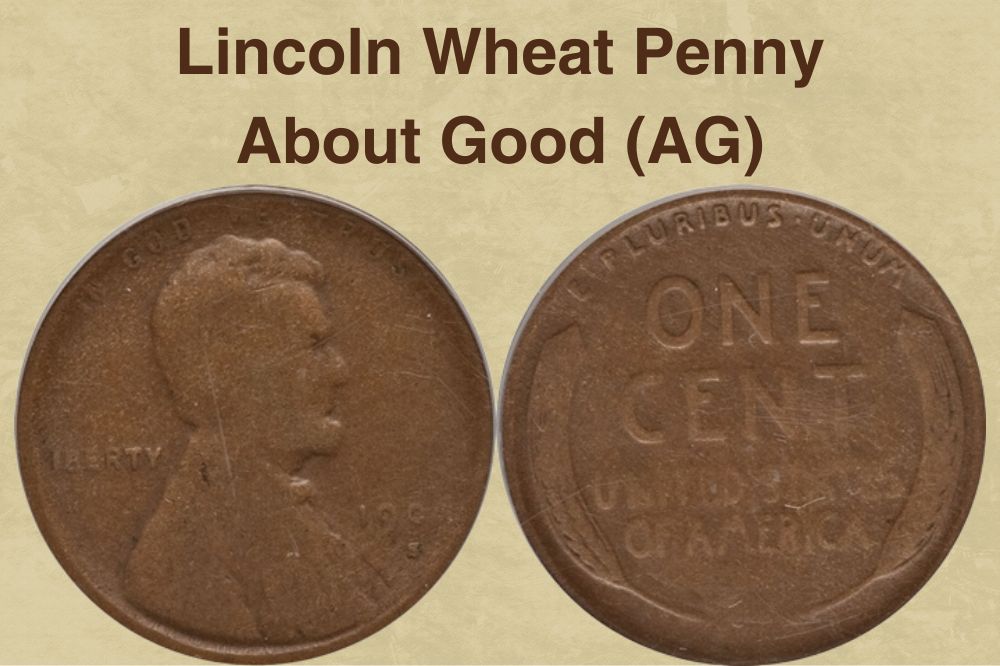
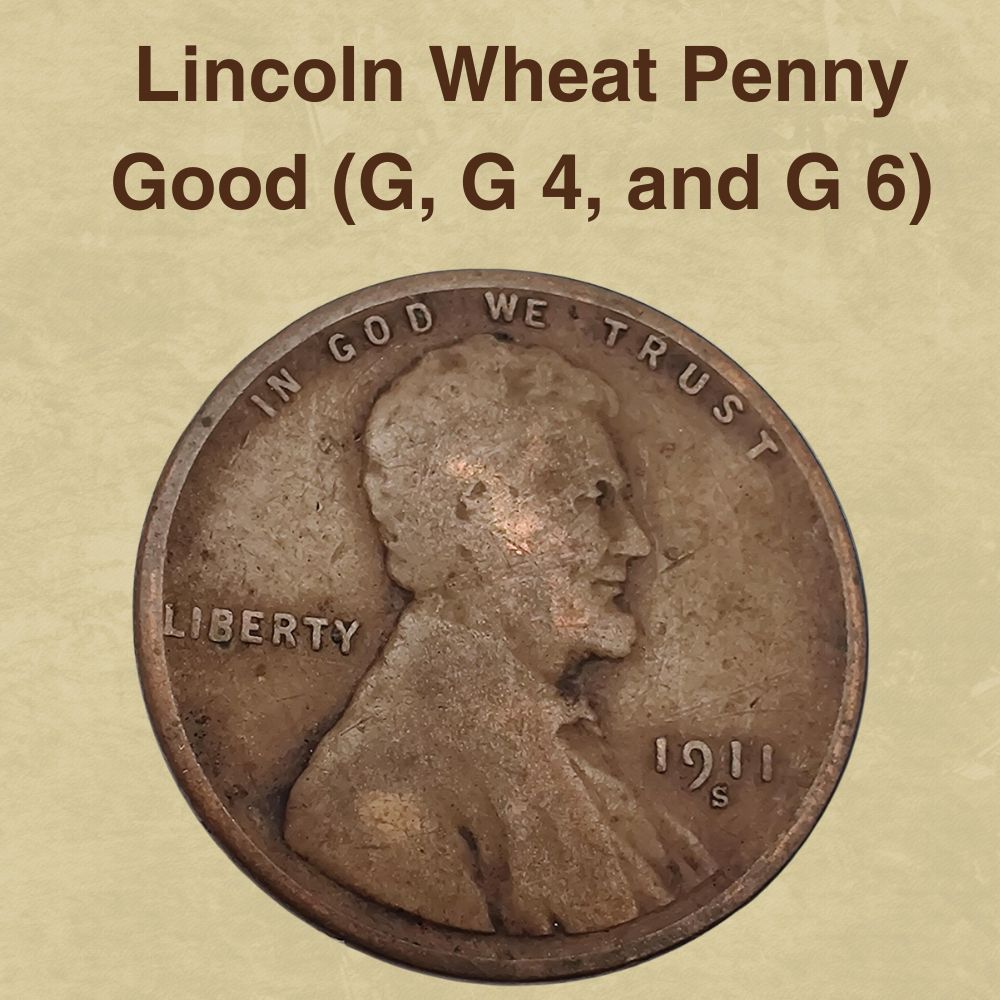
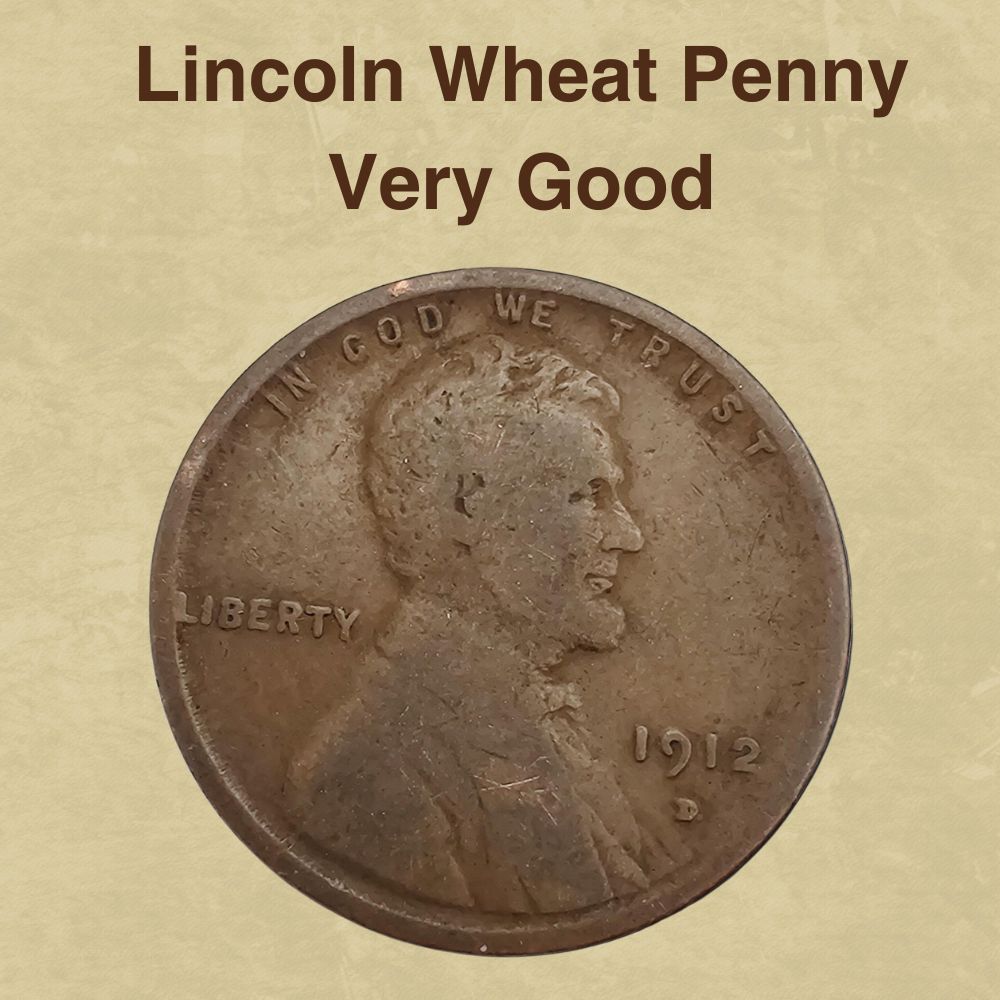
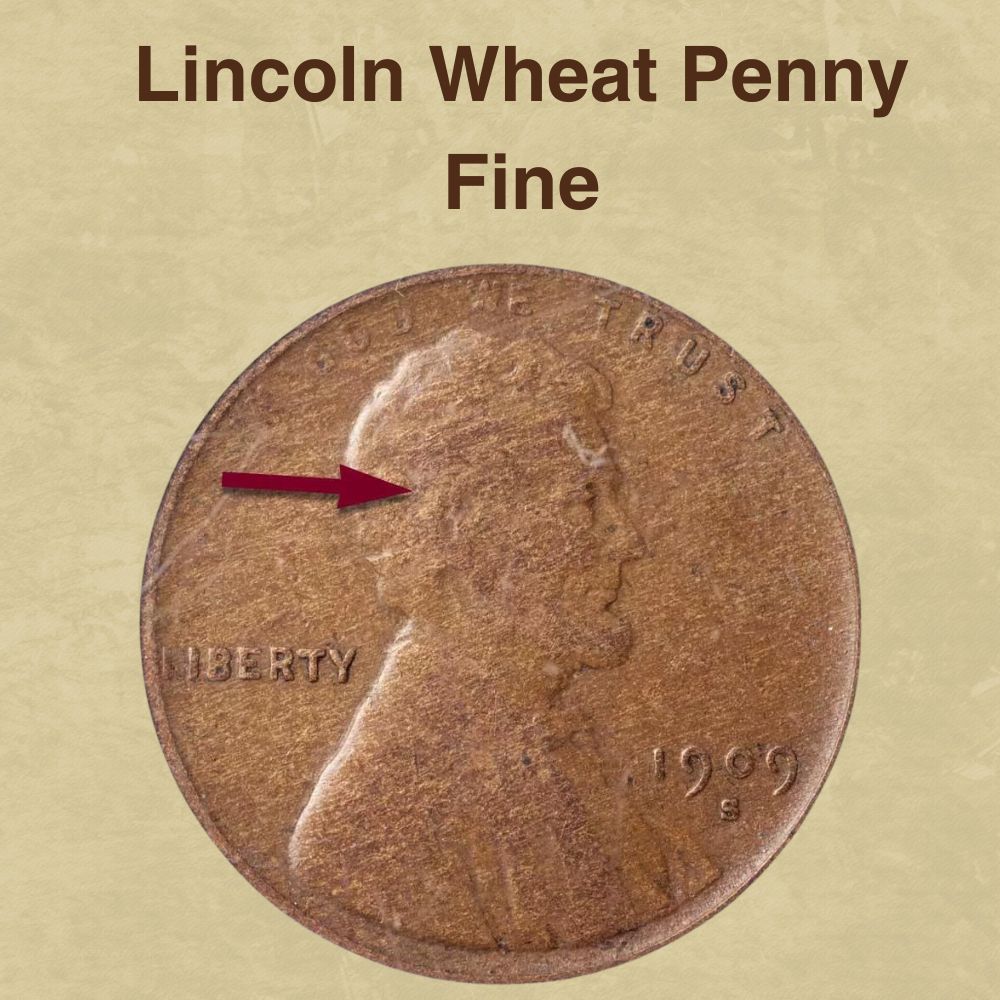
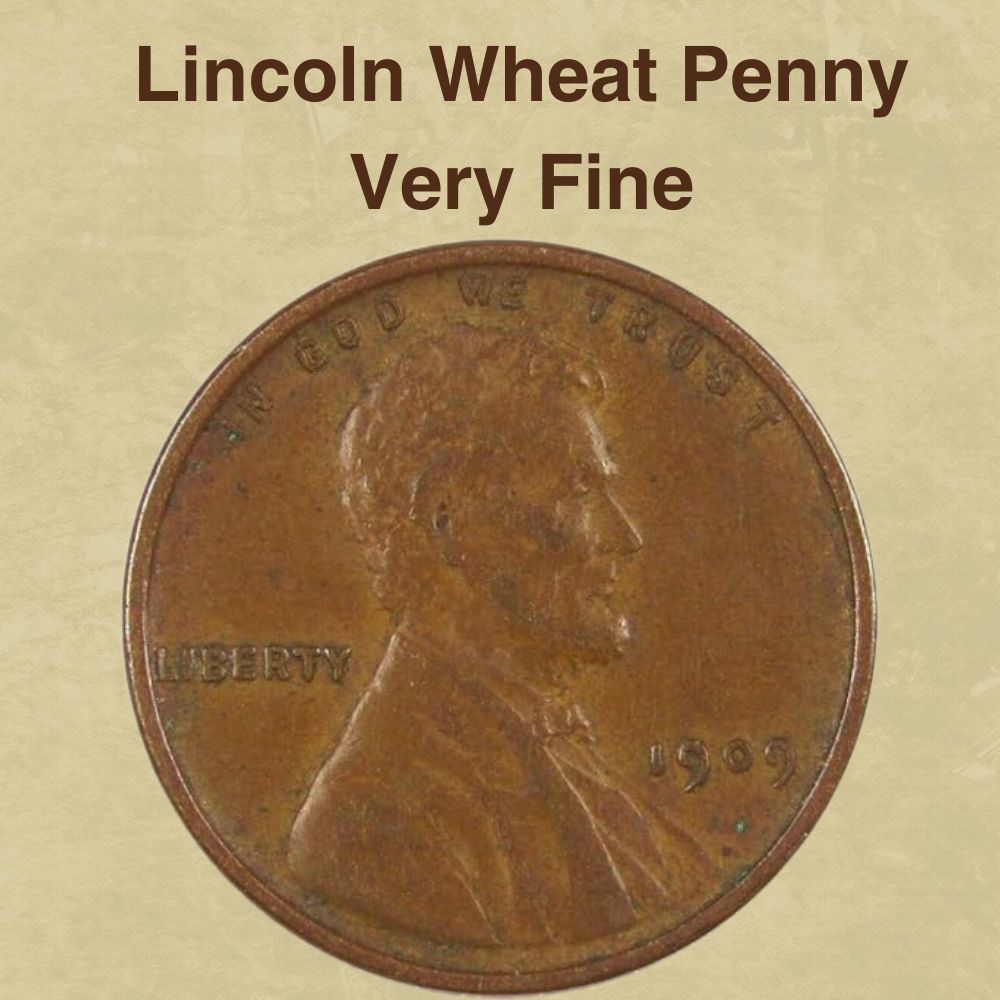
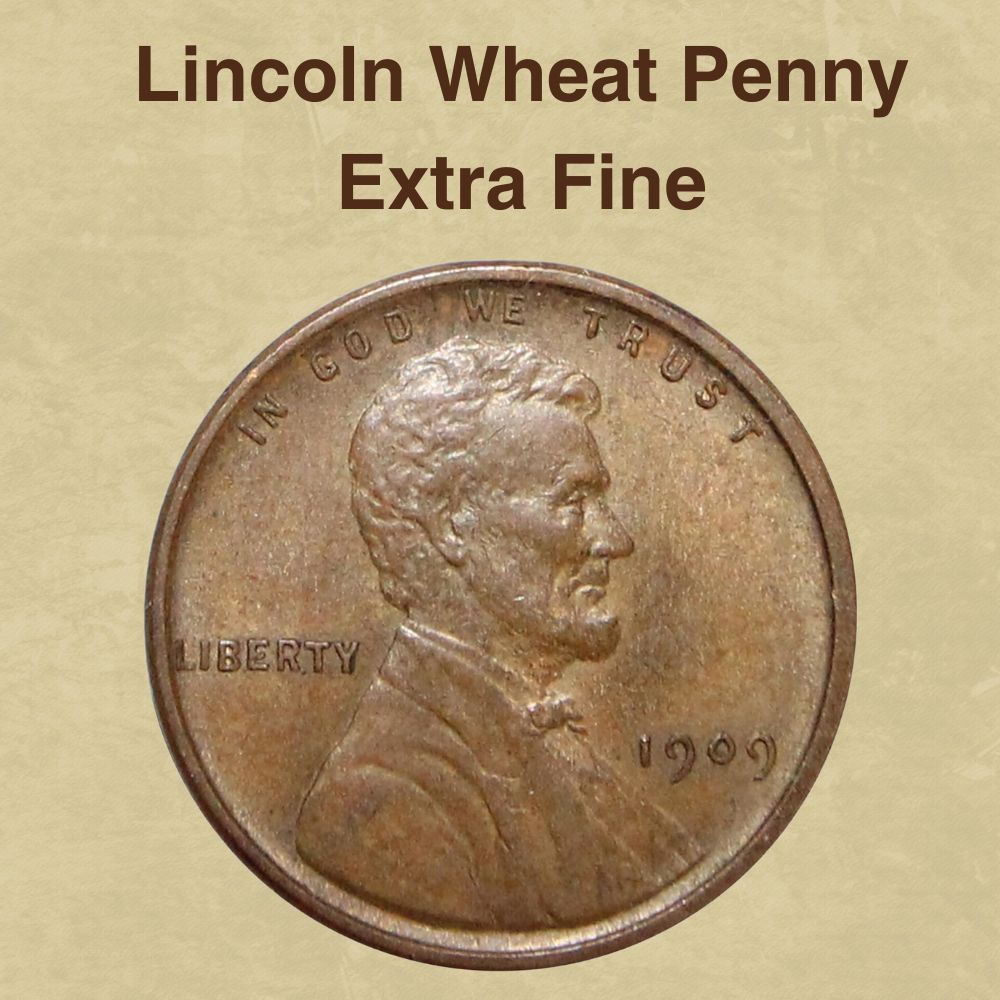
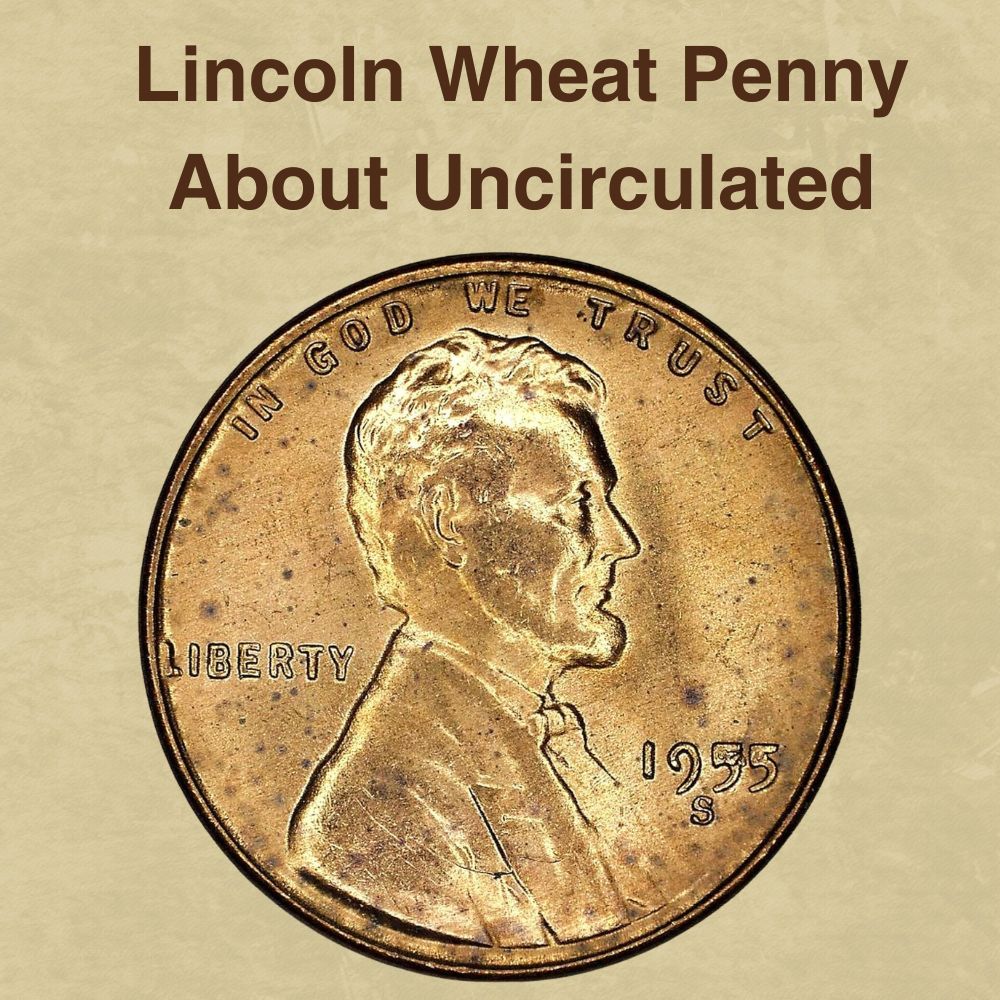
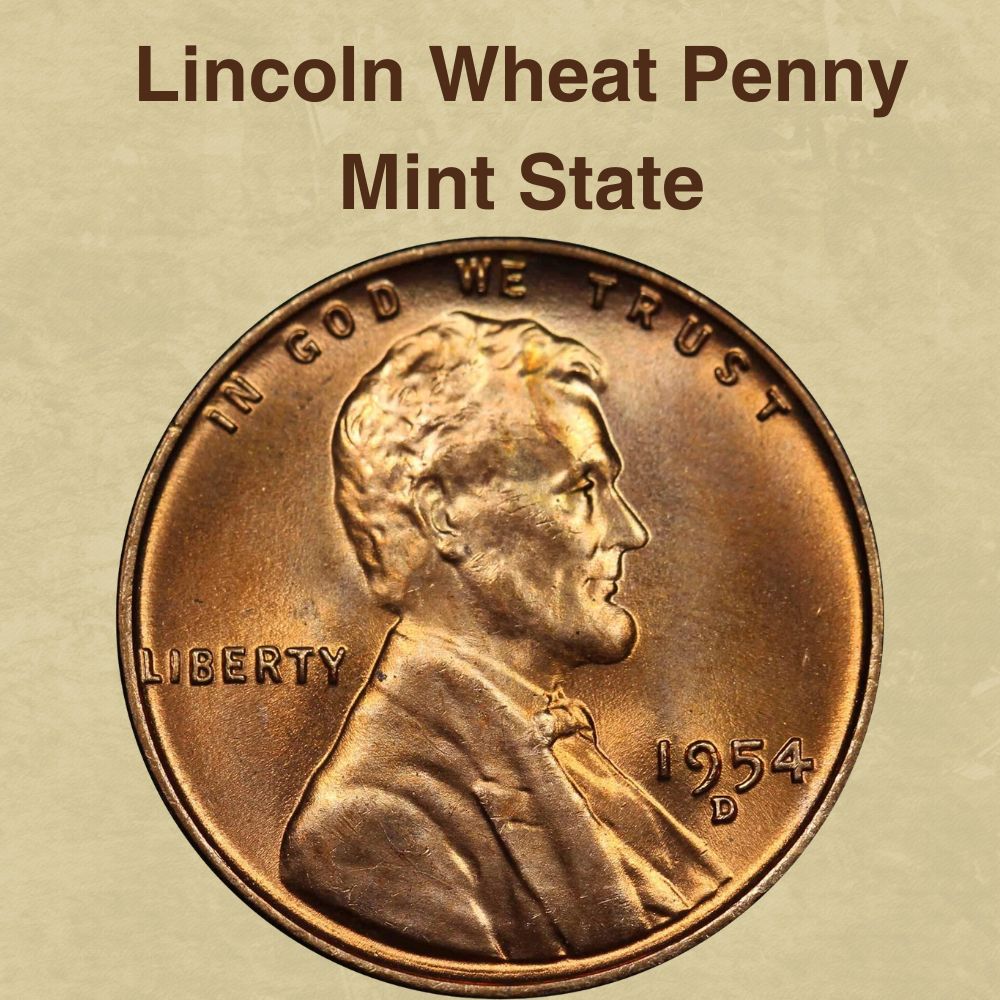
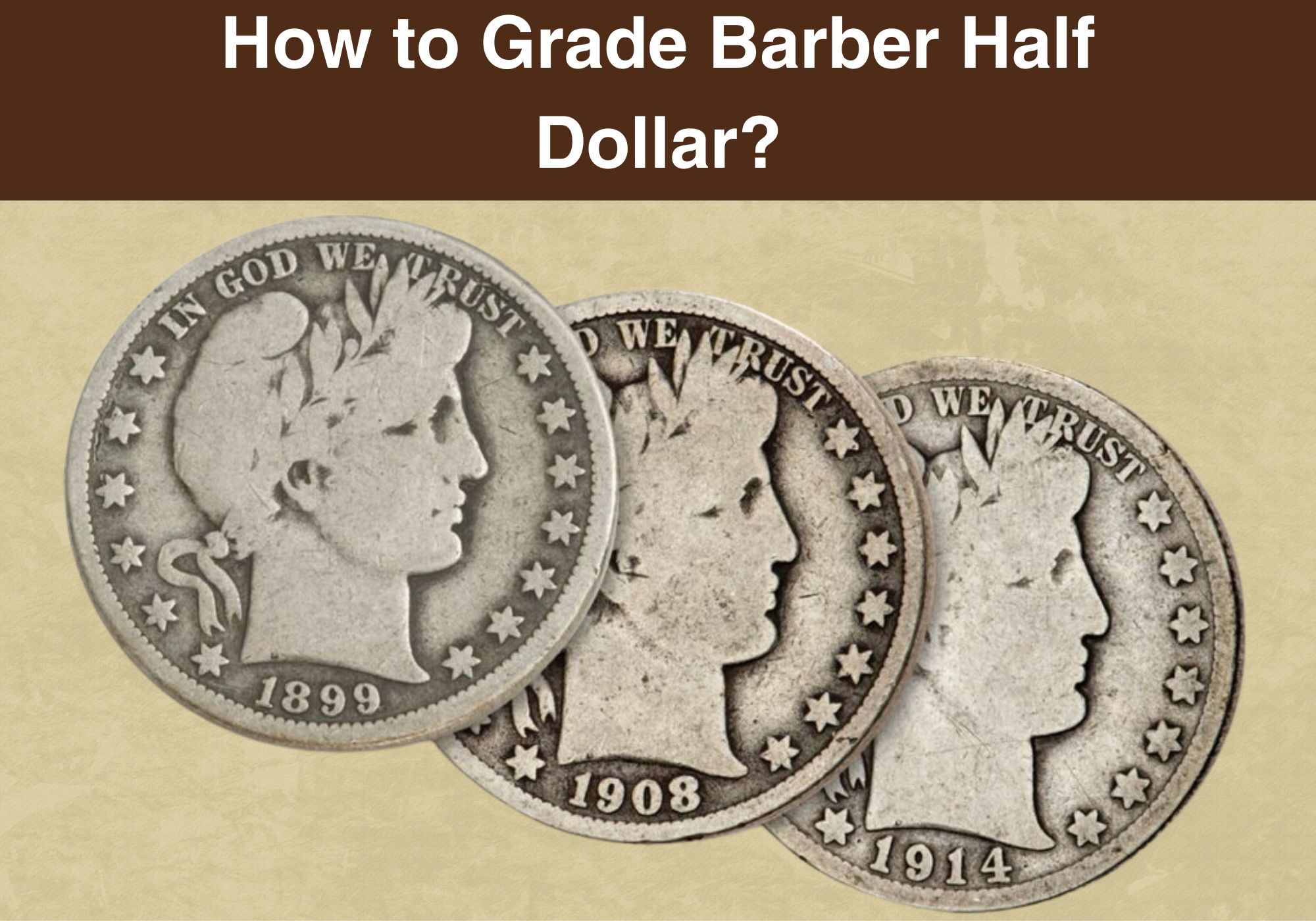
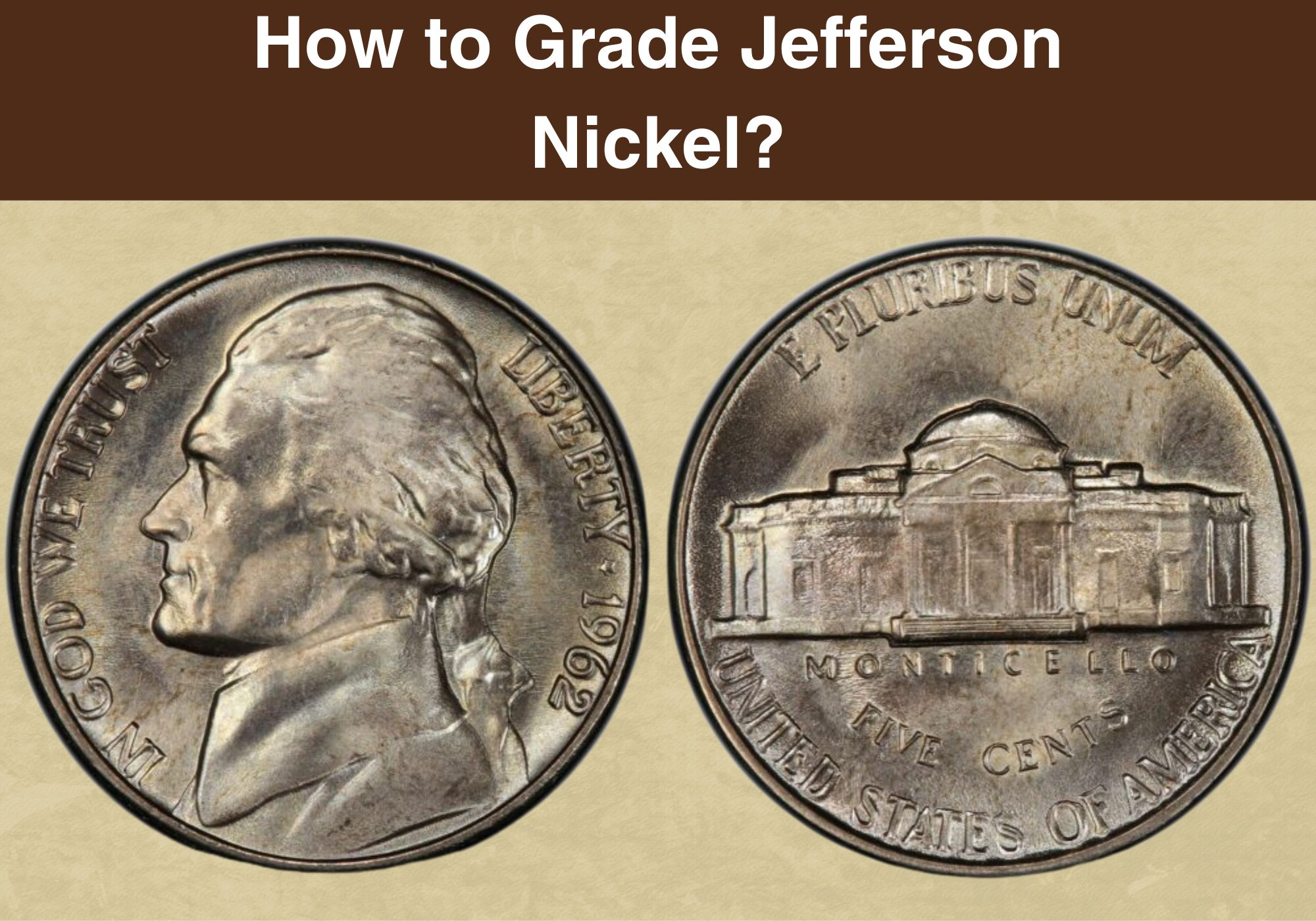
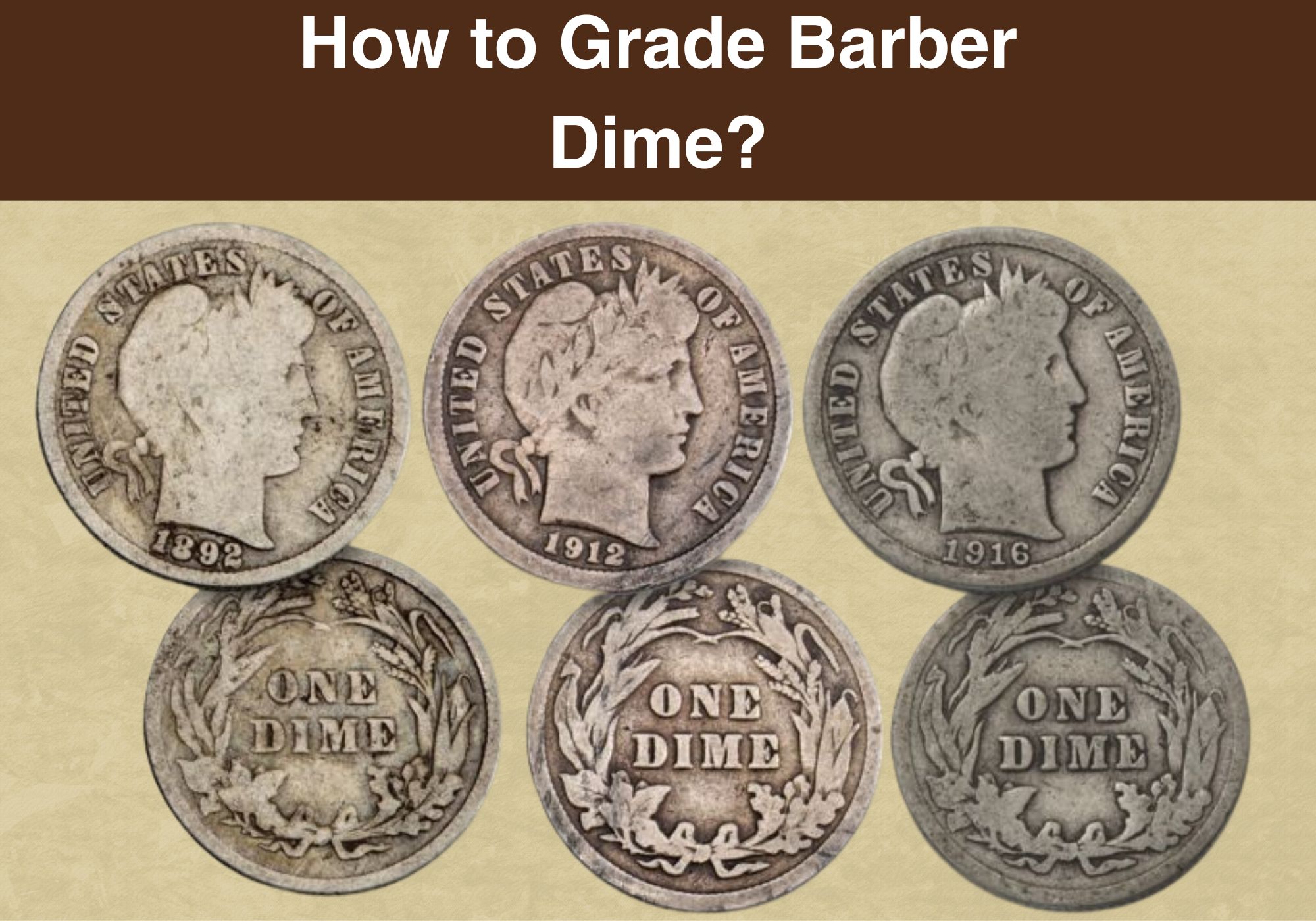
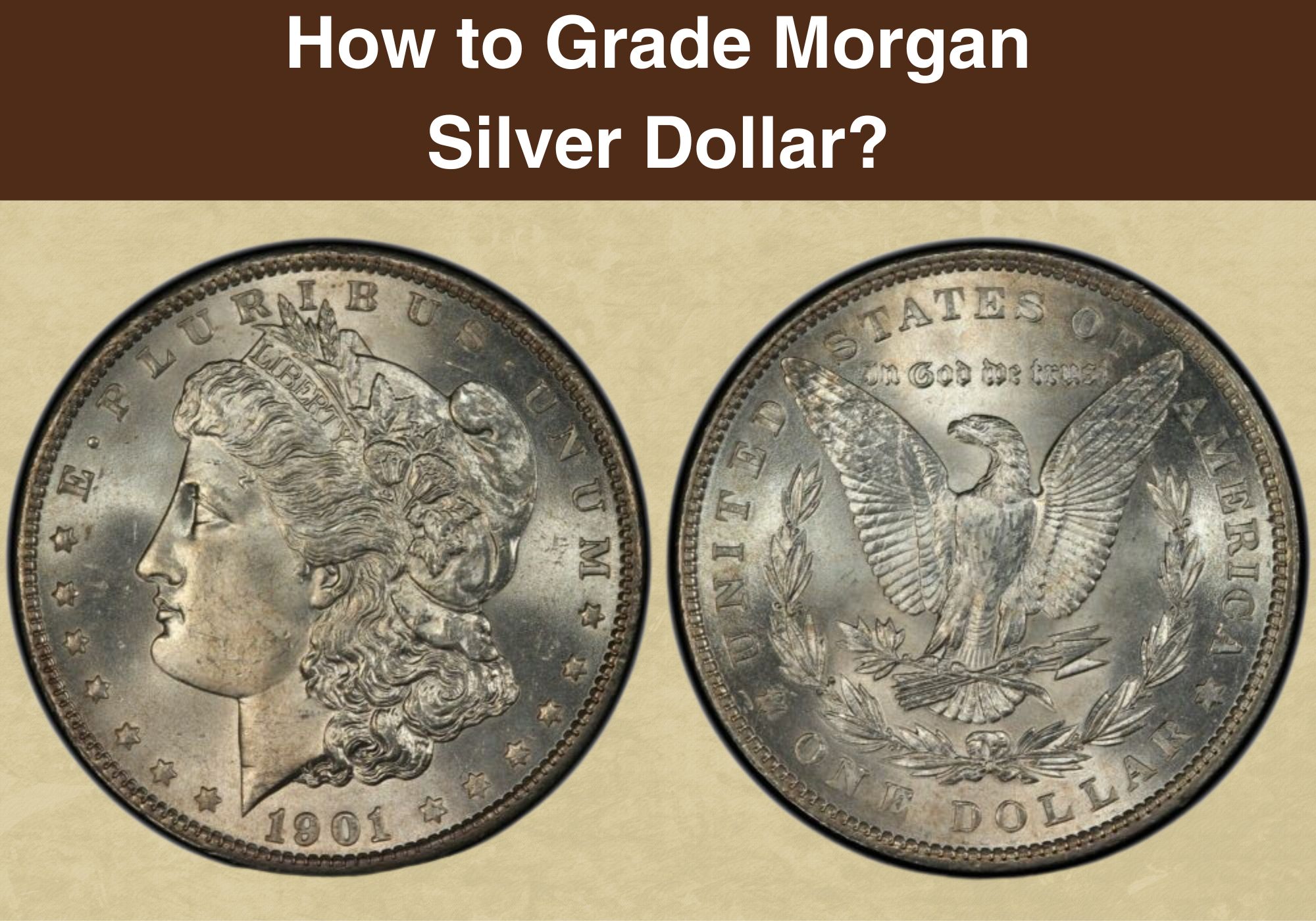
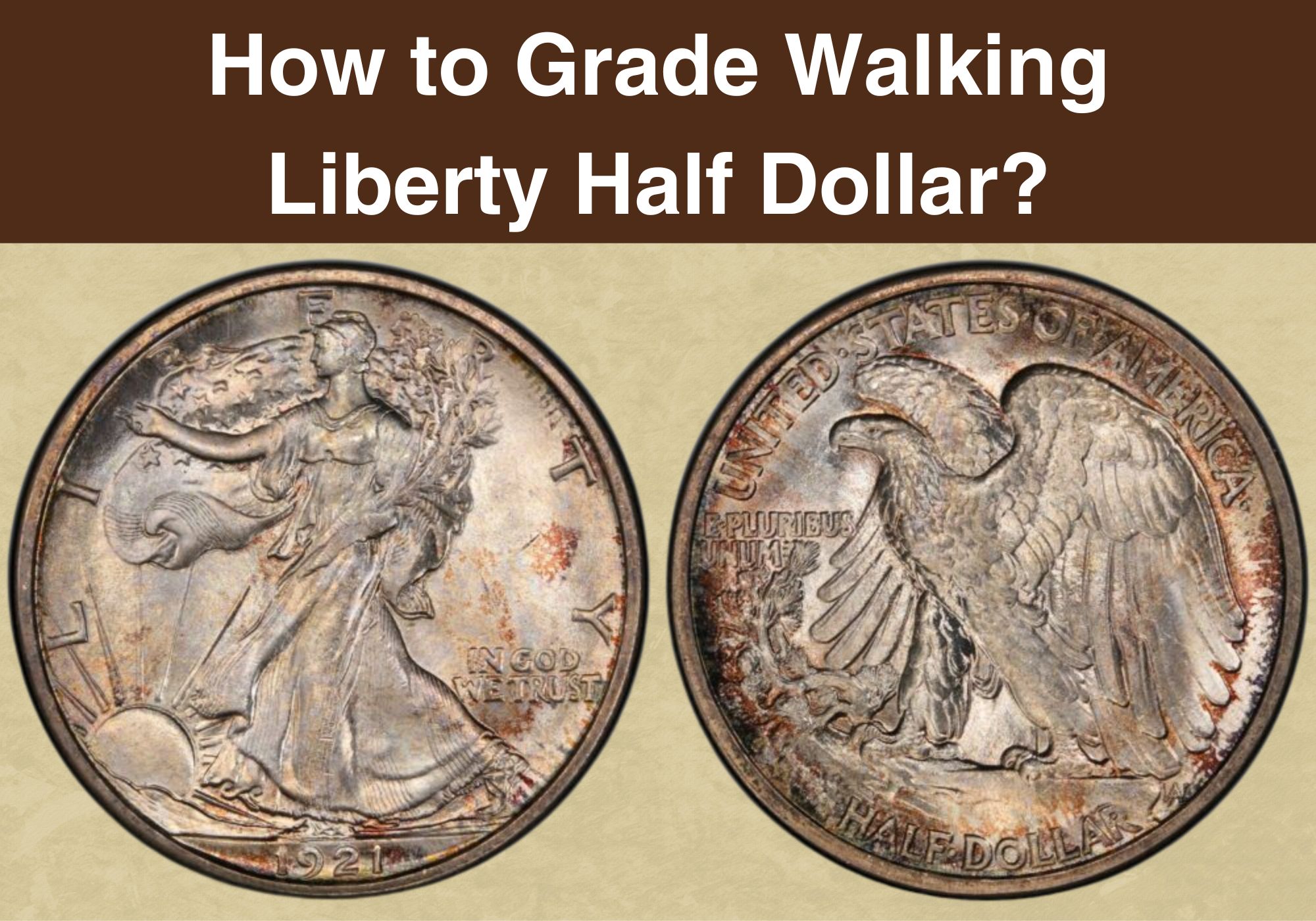
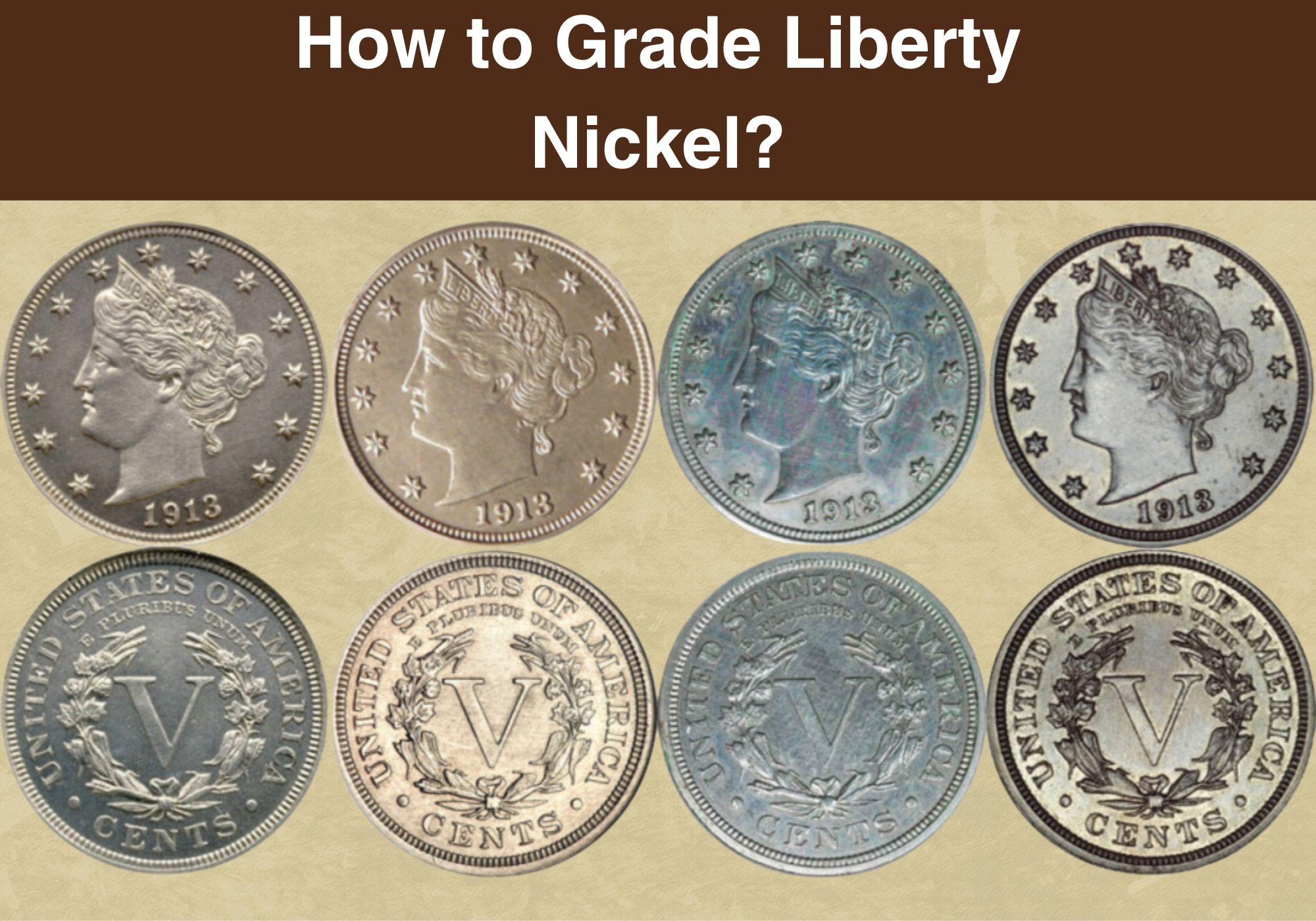
I have a 1930 red no mint mark wheat penny is this valuable
It, may be do to boldness of the lettering. I mean the embossing appeal. The minting date may give it value so to the red coloring, being collectors preferability. Over all use your best judgment using a fine magnifying glass.
It, may be do to boldness of the lettering. I mean the embossing appeal. The minting date may give it value so to the red coloring, being collectors preferability. Over all use your best judgment using a fine magnifying glass.
I have a 1993 D Lincoln Memorial penny with doubled die “D” over “D” obverse & doubled die “E Pluribus Unum” reverse. Looks to be barely handled. Would like to get graded for sale & was wondering if you have any recommendations where I can get this done? I live in SE Texas of that makes a difference. Thank you in advance for any information you are able to provide.
Sheryl